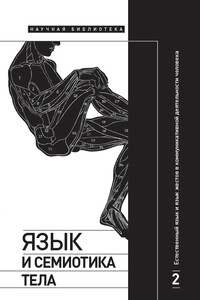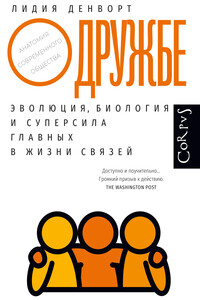McCollough C. H. (2011). Defending the use of medical imaging. Health Physics 100, 318–321.
McManus I. C., Richards P., Winder B. C., Sproston K. A. (1998). Clinical experience, performance in final examinations, and learning style in medical students: Prospective study. British Medical Journal 316, 345–350.
Mill J. S. (1869). On liberty. London: Longman, Roberts and Green.
Miller G. (2000). The mating mind: How sexual choice shaped the evolution of human nature. London: William Heinemann.
Mintzberg H. (2009). Managing. San Francisco: Berrett-Koeler.
Monti M., Martignon L., Pelligra V., Gugliemetti C. (2012). The insurance by my side: Better risk assessment for smarter insurance decisions (CAREFIN Working Paper No. 3/2011). Milan: Universitа Commerciale Luigi Bocconi.
Mooi W. J., Peeper D. S. (2006). Oncogene-induced cell senescence – Halting on the road to cancer. New England Journal of Medicine 355, 1037–1046.
Multmeier J. (2012). Representations facilitate Bayesian reasoning: Computational facilitation and ecological design revisited (Unpublished doctoral dissertation). Free University: Berlin.
Munro E. (2004). A simpler way to understand the results of risk assessment instruments. Children and Youth Services Review 25, 873–883.
Muris, P. Merckelbach H., Meesters C., Van Lier P. (1997). What do children fear most often? Journal of Behavior Therapy and Experimental Psychiatry 28, 263–267.
Nass-Griegoleit I., Schultz-Zehden B., Klusendick M., Diener J., Schulte, H. (2009). Studie belegt hohe Akzeptanz des Mammographie-Screenings bei Frauen: Ergebnisse der ersten repräsentativen Studie in Deutschland. Frauenarzt 50, 494–501.
Neuberg S. L., Newsom J. T. (1993). Personal need for structure: Individual differences in the desire for simple structure. Journal of Personality and Social Psychology 65, 113–131.
Nida-Rümelin J. 2011. Die Optimierungsfalle. Munich: Irisiana.
Nisbett R. E. (2003). The geography of thought: How Asians and Westerners think differently… and why. New York: Free Press.
Nisbett R. E. (2009). Intelligence and how to get it. New York: Norton.
Nyström L. (2002). Long-term effects of mammography screening: Updated overview of the Swedish randomized trials. Lancet 359, 909–919.
Öhman A., Mineka S. (2001). Fears, phobias, and preparedness: Toward an evolved module of fear and fear learning. Psychological Review 108, 483–522.
Ophir E., Nass C., Wagner A. D. (2009). Cognitive control in media multitaskers. Proceedings of the National Academy of Sciences of the United States of America 106, 15583–15587.
Orpana H. M, Berthelot J. M., Kaplan M. S., Freny D. H., McFarland B., Ross N. A. (2008). BMI and mortality: Results from a national longitudinal study of Canadian adults. Obesity 18, 214–218.
Orrell D. (2010). Economyths. London: Icon Books.
Ortmann A., Gigerenzer G., Borges B., Goldstein D. G. (2008). The recognition heuristic: A fast and frugal way to investment choice? In C. R. Plott and V. L. Smith (Eds.), Handbook of experimental economics results: Vol. 1. P. 993–1003. Amsterdam: North-Holland.
Paulos J. A. (1988). Innumeracy: Mathematical illiteracy and its consequences. New York: Vintage Books.
Payer L. (1996). Medicine and culture. New York: Holt.
Peto J. (2001). Cancer epidemiology in the last century and the next decade. Nature 411, 390–395.
Piatelli-Palmarini M. (1991). Probability blindness: Neither rational nor capricious. Bostonia, March/April, 28–35.
Piatelli-Palmarini M. (1994). Inevitable illusions: How mistakes of reason rule our minds. New York: Wiley.
Picano E., Matucci-Cerinic M. (2011). Unnecessary radiation exposure from medical imaging in the rheumatology patient. Rheumatology 50, 1537–1539.
Polya G. (1954). Mathematics and plausible reasoning (Vol. 1). Princeton, NJ: Princeton University Press.
Posner R. A. (2009). A failure of capitalism. Cambridge, MA: Harvard University Press.
Proctor R. N. (2012). The history of the discovery of the cigarette – lung cancer link: Evidentiary traditions, corporate denial, global toll. Tobacco Control 21, 87–91.



